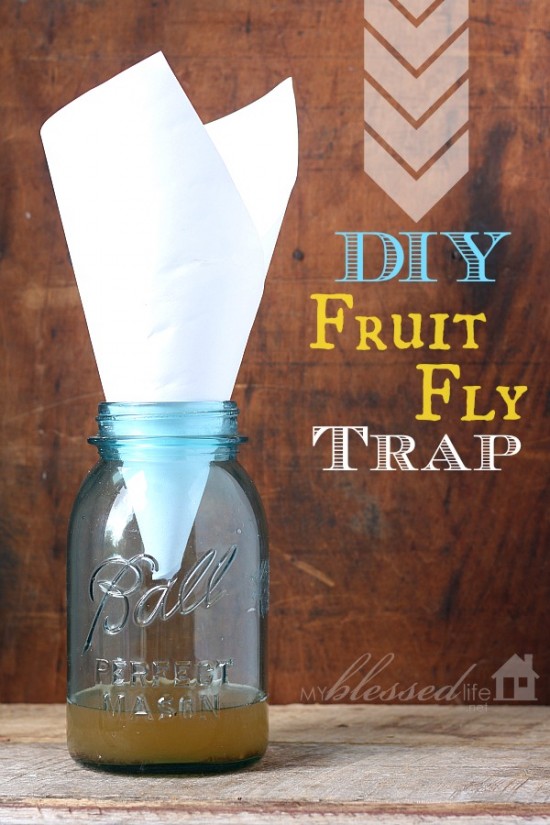 There are some things that teachers get really excited about that only teachers understand. Post-it notes. Paint color chips. The hundred uses for Popsicle sticks. Our finds are triumphs in creativity and classroom management. My biggest triumph of last year though is my teacher bag. That's why I have to add mine to the Teacher Bag Linky Party! over at Thinking of Teaching.
There are some things that teachers get really excited about that only teachers understand. Post-it notes. Paint color chips. The hundred uses for Popsicle sticks. Our finds are triumphs in creativity and classroom management. My biggest triumph of last year though is my teacher bag. That's why I have to add mine to the Teacher Bag Linky Party! over at Thinking of Teaching. A teacher's bag can say a lot. If you leave at the bell and have a tiny bag, I will admit, I secretly scorn you. How do you do it? Then there's the diaper bag; you know who you are! Another admission: I was a cart lady for awhile (Don't do it!) Then there's the classic canvas tote (always wanted one). I like to think my bag (a DVF luggage bag) is kind of like me - a bit traditional but with a twist. Practical but put together. Tough but not rough. You can tell I always like to be prepared and that I probably bring too much work home!
What does your bag say about you? Let us know! (and if I work with you, be prepared... I think I just found my next staff devo intro/icebreaker!)
And P.S.... as you think about your bag, let's not forget to observe our students' bags, both the ones they wear and the invisible bags they carry, every day. Simply looking at a student's back pack (or lack thereof!) can really be revealing! Extend an invitation to help a student organize his or her bag, give them a fresh new new one if they're sporting their sister's hand-me-down, or offer quietly to help fill someone's bag with supplies. Because, as you know, our bags (and the things we carry) can mean a lot.



.jpg)


